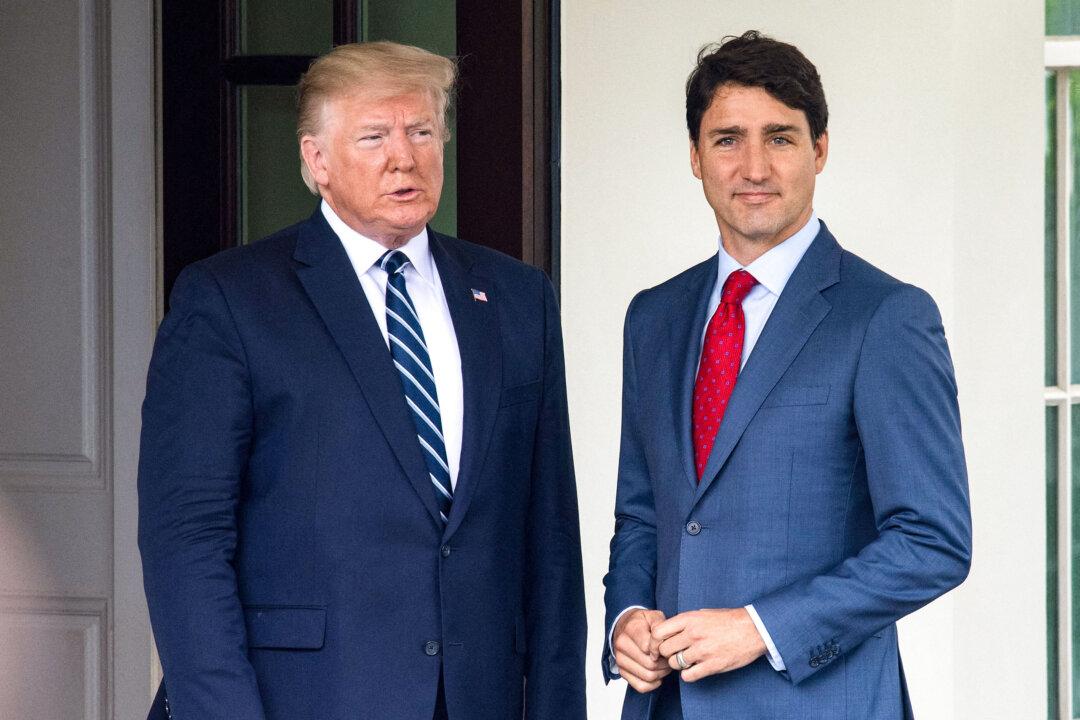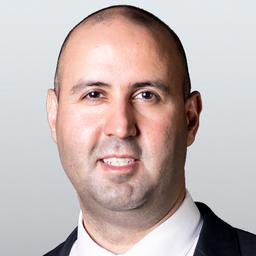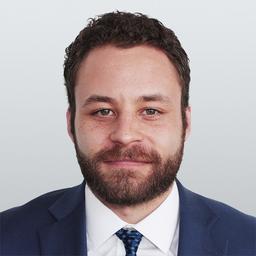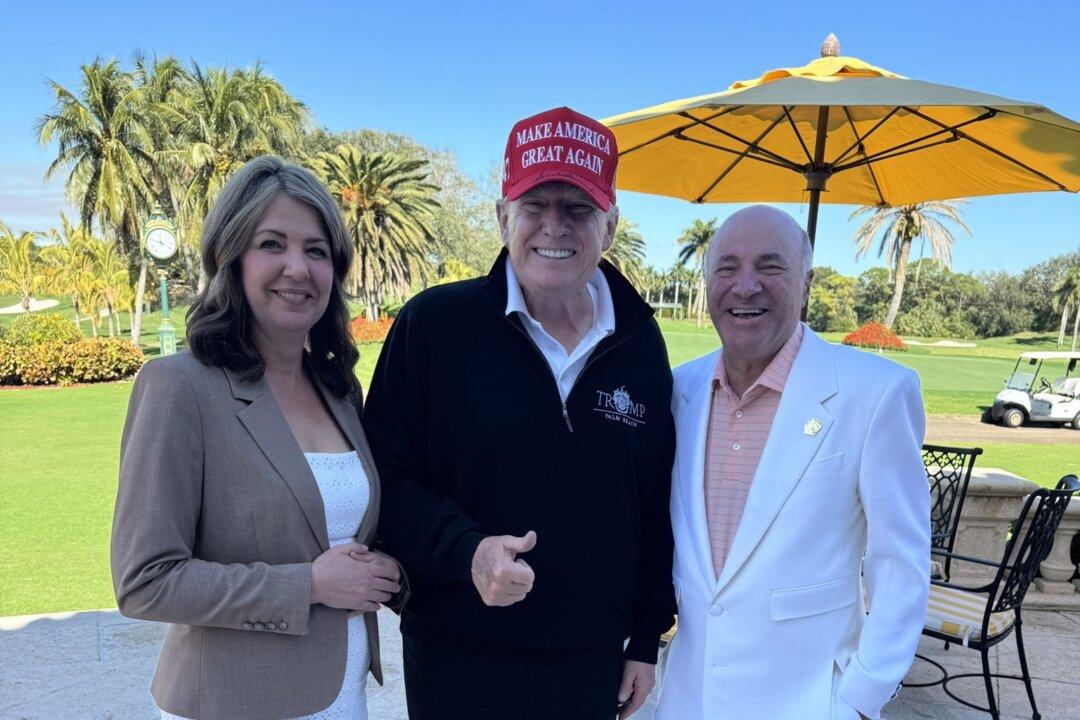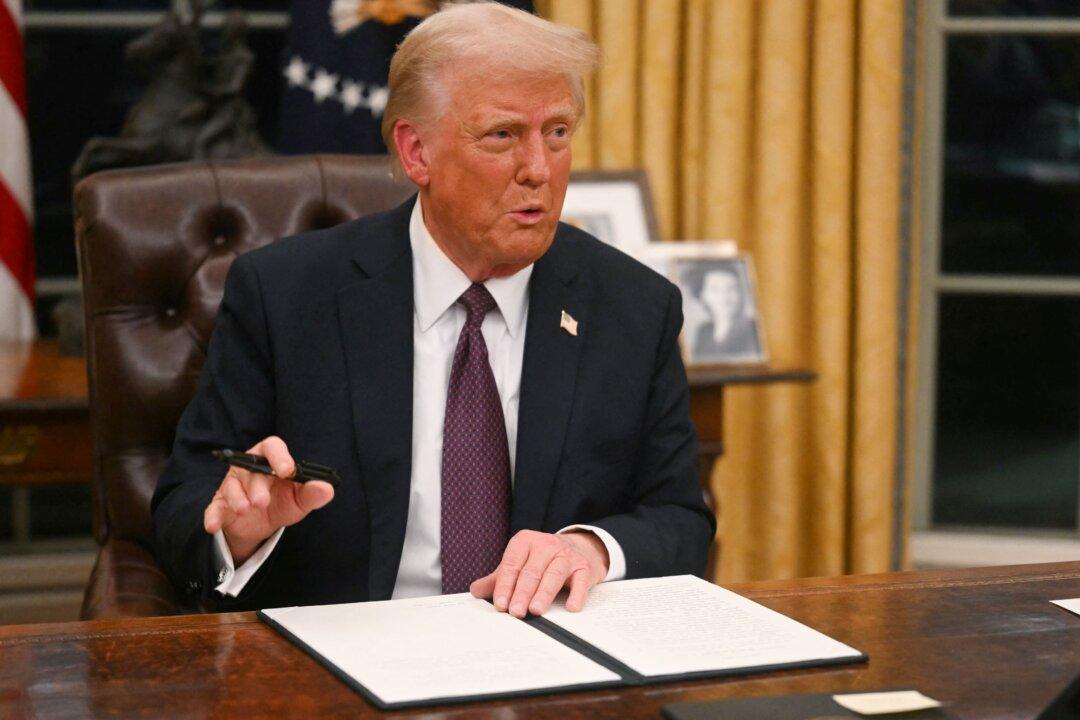U.S. President Donald Trump has agreed to pause tariffs on Canada for 30 days after talking with Canadian Prime Minister Justin Trudeau in the afternoon of Feb. 3.
The agreement between the two leaders entails Canada appointing a “fentanyl czar” and designating drug cartels as terrorist organizations, as well as committing C$200 million (US$139 million) for intelligence operations to combat fentanyl.
“I just had a good call with President Trump,” Trudeau said.
“Canada is making new commitments to appoint a Fentanyl Czar, we will list cartels as terrorists, ensure 24/7 eyes on the border, launch a Canada- U.S. Joint Strike Force to combat organized crime, fentanyl and money laundering. I have also signed a new intelligence directive on organized crime and fentanyl and we will be backing it with $200 million.”
“I am very pleased with this initial outcome, and the Tariffs announced on Saturday will be paused for a 30 day period to see whether or not a final Economic deal with Canada can be structured. FAIRNESS FOR ALL!” Trump said.
Tariffs
Trump had signed an executive order on Feb. 1 to impose 25 percent tariffs on Canadian goods starting on Feb. 4, while giving a carveout for energy imports to be tariffed at 10 percent. He also ordered 25 percent tariffs on Mexico, and a 10 percent tariff for China on top of the existing tariffs on that country.Speaking to reporters in between the two phone calls on Feb. 3, Trump reiterated his comments about wanting Canada to become a part of the United Sates.
“Some people say that would be a long shot. If people wanted to play the game right, it would be 100 percent certain that they'd become a state. But a lot of people don’t like to play the game, because they don’t have a threshold of pain,” he said.
In response to the U.S. tariffs, Trudeau said on Feb. 1 that Canada would be retaliating with its own tariffs of 25 percent on C$155 billion (US$107 billion) worth of American products starting on Feb. 4.
“We will stand strong for Canada,” Trudeau said on Feb. 1.
“Our border is already safe and secure, but there’s always more work to do. Less than 1 percent of fentanyl, less than 1 percent of illegal crossings into the United States, come from Canada.”
Earlier on Feb. 3, Trump official Peter Navarro said Canada is mistaken in thinking that it’s engaged in a trade war with the United States.
“This is a drug war,” Navarro, assistant to the president and director of the Office of Trade and Manufacturing Policy, told reporters.
He said Washington’s concern is with precursor chemicals deployed from China being blended by Mexican drug cartels into other drugs, which are then trafficked into the United States. He added that the United States is also concerned about high-risk individuals crossing from Canada into the United States.
“What has happened with Canada is the Mexican cartels have expanded up to Canada. They’re making fentanyl there and sending it down to the U.S. from there. The Chinese are using Canada to send in small parcels below the radar,” he said.
“It’s important that Canada, Canadian citizens themselves, can understand that what we’re trying to do here is stop killing of Americans by these deadly drugs, to stop Canada from allowing terrorists on the watch list—up to a hundred have already come in—from entering our country.”
